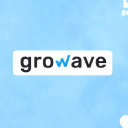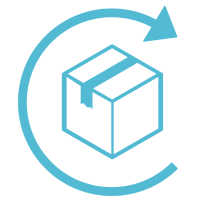How We Started A $1.5M/Year Gourmet Marshmallow Brand With $200
Hello! Who are you and what business did you start?
My name is Lindzi Shanks, and I am the co-founder and co-CEO of XO Marshmallow. XO is the premier gourmet marshmallow company in the world and home of the world’s first marshmallow café. We create delicious gourmet marshmallows in a variety of flavors from salted caramel to pistachio to our iconic Butterbeer.
While we now carry a variety of marshmallow-based treats such as our OMG (aka Ooey Marshmallow Goodness) and Oh Dough You Didn’t (a cookie dough meets marshmallow treat) – our flagship products are our marshmallows. Many flavors on our menu have been with us from day one such as Bourbon and Lavender Honey.
While it seems marshmallow companies continue to be on the rise, XO remains the leader in this market because of our compelling lifestyle brand. Our customers (primarily millennials and GenZ women) want to support a brand that they can stand behind. From our beautiful packaging, quality ingredients, merch that allows the consumer to experience the brand beyond the mallow, and our mesmerizing social media accounts – we have created a brand that people want to support. It’s bright, colorful, fun, and puts a smile on your face – and frankly, the...

Download the report and join our email newsletter packed with business ideas and money-making opportunities, backed by real-life case studies.

Download the report and join our email newsletter packed with business ideas and money-making opportunities, backed by real-life case studies.

Download the report and join our email newsletter packed with business ideas and money-making opportunities, backed by real-life case studies.

Download the report and join our email newsletter packed with business ideas and money-making opportunities, backed by real-life case studies.

Download the report and join our email newsletter packed with business ideas and money-making opportunities, backed by real-life case studies.

Download the report and join our email newsletter packed with business ideas and money-making opportunities, backed by real-life case studies.

Download the report and join our email newsletter packed with business ideas and money-making opportunities, backed by real-life case studies.

Download the report and join our email newsletter packed with business ideas and money-making opportunities, backed by real-life case studies.





















